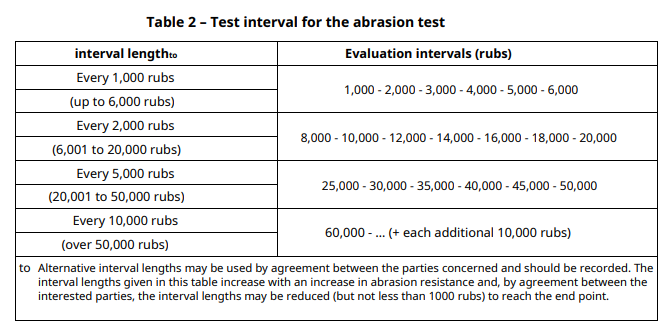This website uses cookies so that we can provide you with the best user experience possible. Cookie information is stored in your browser and performs functions such as recognising you when you return to our website and helping our team to understand which sections of the website you find most interesting and useful.
UNE-EN ISO 12947-2:2016
This part of ISO 12947-2 specifies the requirements for the Martindale abrasion apparatus and auxiliary materials to be used in the test methods specified in parts 2 to 4 of ISO 12947-2 for the determination of resistance to tissue abrasion.
This part of ISO 12947-2 applies to apparatus for testing the following fabrics:
- Openwork and knitted fabrics;
- Pile fabrics in which the pile height is less than or equal to 2 mm;
- Non-woven.
The procedure for determining the rupture of the test piece (end point of the test) by means of inspection at fixed intervals and is applicable to all textile fabrics, including non-woven fabrics, except for fabrics in which the prescriber indicates a weak resistance to the abrasion of the final behavior. It is not applicable to coated fabrics.
For the purposes of this Part of ISO 12947-2 the following definitions apply:
- Specimen rupture: point of rupture reached when the criterion based on tissue rupture or worn area is met
- Worn Area: An area that has become shed with hair or flock so that the ground tissue is exposed.
- Totally worn area: extending to at least three quarters of the exposed surface area.
- Partially worn area: in which there is some visual loss of thread or flock in specific locations.
A circular specimen is subjected, by means of the Matindale abrasion test apparatus, to a defined load and to the action of rubbing with an element, according to a translational movement that forms a Lissajous curve.
At the same time, the test tube holder, provided either with the test tube or with the abrasive element, according to the method used, rotates freely around its own axis, perpendicular to the horizontal plane.
The evaluation of the resistance to abrasion of the fabric is determined from the inspection interval before the breakage of the test pieces.
The specimens are fixed in the specimen holders with a foam substrate. Two parameters are specified for the abrasion load.
- (795±7) g for work clothes, upholstery fabrics, bedding items and fabrics for technical uses (12kPa).
- (595±7) g for clothing and household fabrics, excluding upholstery fabrics and bedding (9 kPa).
- Conditioning: 18h ISO 139
- 3 specimens with a diameter of ≥38 mm are taken.
- Abrasive dimensions: ≥ 140 mm diameter.
- Filter dimensions: ≥ 140 mm diameter.
- Dimensions of the test tube holder foam ≥3.8 mm.
Life time of auxiliary materials is 50,000 rubs. l Each test start must be changed.

Tissues should be abraded in stages and evaluated according to the intervals in Table 2. The number of rubs for the first interval is selected and the abrasion equipment is turned on. The abrasion test is continued without interruption until the selected number of rubs is reached.
If required, the color change after 6000 rubs is evaluated according to ISO 105-A02, unless evaluation at a different interval is required.
After each test interval, the specimen holder with the mounted specimen is carefully removed from the testing machine. Loose fibers or debris are gently removed from the surface of the specimen and abrasive without damaging or altering the integrity of the yarns. The entire area is examined for signs of breakage. If no breakage has been detected, the specimen holders are replaced in the machine and start until breakage is observed. The specimen is inspected, where appropriate with the aid of a magnifying device.
Pellets or other fibers added to the test piece shall not be removed from the test surface.
Any visual change in appearance is assessed and recorded.
The abrasion test is continued until all specimens reach the specified end point/failure.
The test result of each specimen is recorded as the lower limit of the actual interval where failure is observed.

Individual test results are expressed as the number of rubs in the inspection interval prior to when specimen failure is reached.
The reported result shall be defined as the lowest individual test result of all specimens tested.

